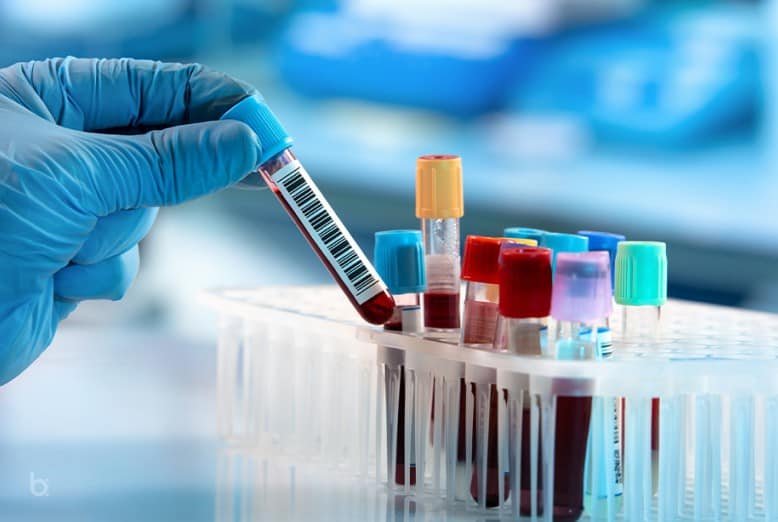

We investigated the association of ABO and Rh blood groups with susceptibility to coronavirus disease 2019 infection, severity of disease, recovery period, and mortality of patients. Methods: This is a single-center, retrospective study conducted at Sir Ganga Ram Hospital, Delhi. Studies have shown association of blood groups A and O with higher and lower odds for coronavirus disease 2019 positivity, respectively. 2Department of Blood Transfusion Medicine, Sir Ganga Ram Hospital, New Delhi, Indiaīackground: ABO and Rh blood group systems are associated with many diseases including cancerous, infectious, non-infectious, bacterial and viral diseases.1Department of Research, Sir Ganga Ram Hospital, New Delhi, India.That is a useful way to figure out the chances and all of the possibilities, but it is sometimes a bit too abstract.Rashmi Rana 1*†, Vivek Ranjan 2† and Naveen Kumar 1† Although our DNA helps us figure out what could happen, there’s always an element of chance in what actually happens! It does not mean that if you have four kids, two will be AO and two will be OO. This translates to each child having a 50% chance of being AO and having an A blood type and a 50% chance of being OO and having an O blood type. We can now fill in the rest of the square like so:Īs you can tell, half the square is AO and half is OO. He or she is AO genetically which means A blood type. This first child got an A from mom and an O from dad. Next you combine the squares to get each possible genotype for each child. (Genotype just means the two gene versions that the child has.) Here is how we do the first one:

Here is what your family’s would look like: The next step is to set up a 2 X 2 square with mom’s versions on top and dad’s along the side. Mom has an A and an O and dad has two O’s. So the first thing we need to do is figure out what mom and dad’s versions of their ABO genes are. This is a very useful way to figure out the chances of a child getting a certain trait. To figure this out I am going to dust off the old Punnett square. All we need to do is say that your mom is AO and your dad is OO. OK now we are ready to tackle your particular question. This is because A and B are “codominant”-if you have both you can see both in a blood test. We can now add blood type to our table:Īs a side note you may have noticed that the AB blood type is made up of an A version (or allele) of the ABO gene and a B version. What this means is that an AO blood type looks like A in a blood test and a BO like B. This is because A and B are dominant over O. With three versions and two copies, here are all the possible gene combinations any of us could have:Īs you probably know, there is no AO or BO blood type. Like most of our other genes, we have two copies of our ABO gene, one from mom and one from dad. This gene comes in three different versions-A, B, and O. The part of our blood type we are discussing here comes from the imaginatively named ABO gene. Once we do that, I think it’ll become even clearer where your O blood type came from. To better understand what is going on here, we need to take a step back and think about how our genes work. This is the simple answer for how an A mom and an O dad can have an O child. This is almost certainly how you ended up O. If the child gets the O from mom and an O from dad, he or she will have an O blood type. If she does then when she gets pregnant, each child has a 50% chance of getting her dominant A and a 50% chance of getting her hidden, recessive O. In fact, it’s the dominance of A that caused your O blood type!īecause A is dominant, that means your mother could carry a hidden O. Now this isn’t to say that A isn’t dominant over O. In fact, each child of these parents could have a 50% chance of being O. You can stop worrying… an A parent and an O parent can definitely have an O child.


 0 kommentar(er)
0 kommentar(er)
